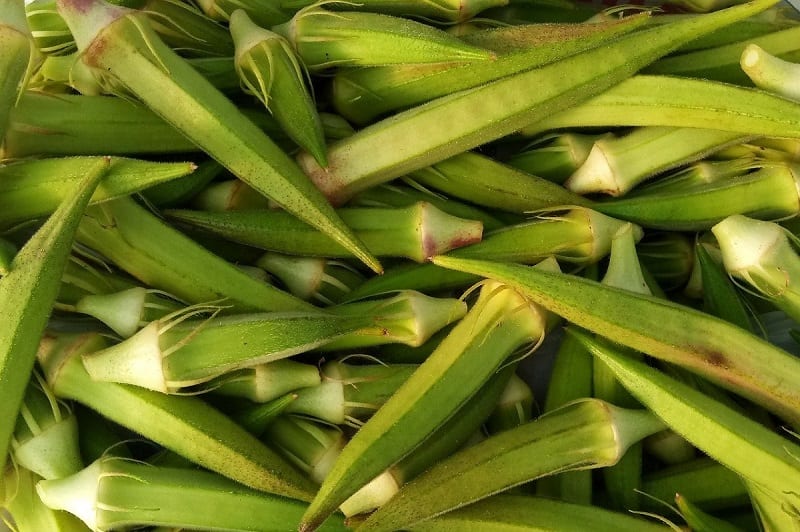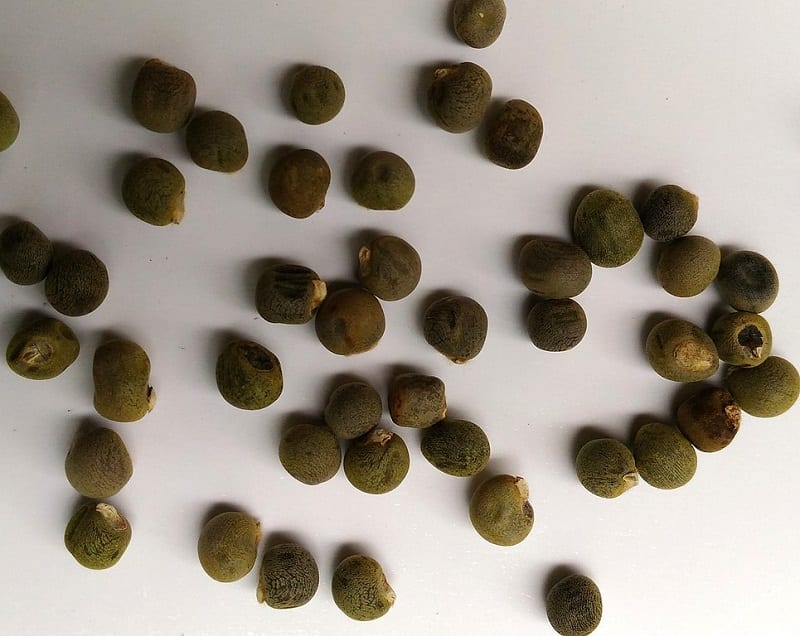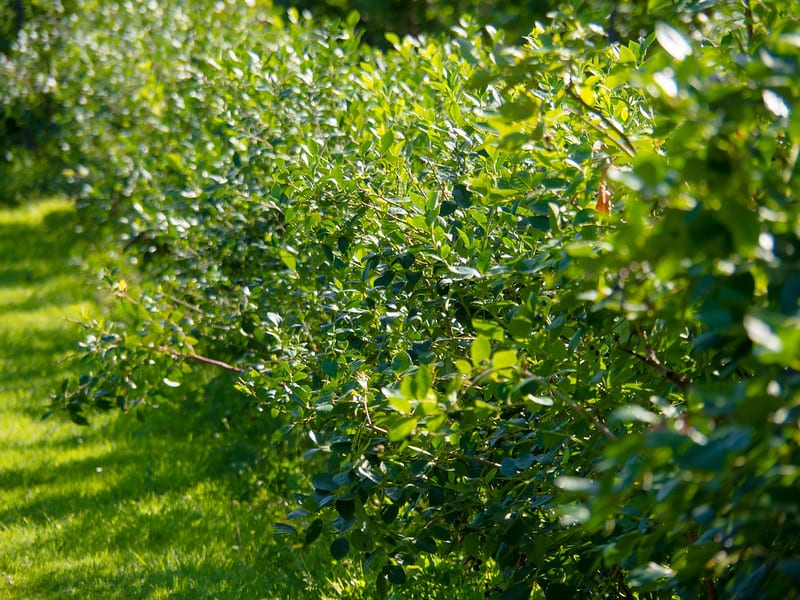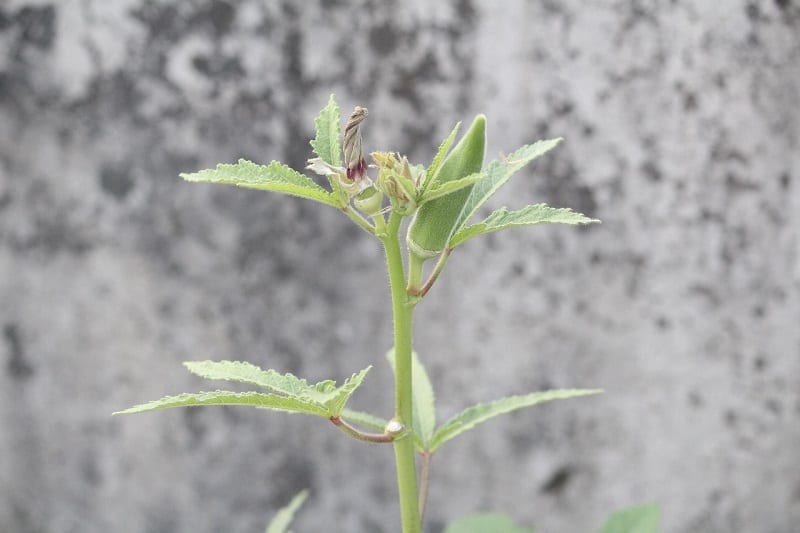Like its distant cousin, the hibiscus, okra produces large ornamental flowers. The crop came to the Caribbean and the US in the 1700s, probably brought by slaves from West Africa. Okra found its way to Western Europe soon after.
Today, okra is a popular food crop in Africa, the Middle East, Greece, Turkey, India, the Caribbean, South America, and the Southern US.

Growing Okra in Your Backyard
Contents
Okras will grow in any climate where corn grows. In the Southern US, farmers plant their first crop in the early spring. They start a second crop in June.
In short-season areas, you can start plants indoors before setting them out about three to four weeks after the last frost date.
Here’s how to grow okra in your backyard.
Preparing the Seeds
Okra is easy to grow but the seeds have a hard coat. To speed up the germination process, soak the seeds overnight in warm water before planting. Wrapping the seeds in moist paper will also work.
When seeding okra directly in the ground, wait until after the soil has warmed and air temperatures reach at least 15.5°C.

Planting Okra
Okras require about 8 hours of full sun a day. The plant prefers soil that is loose, fertile, and slightly alkaline. If the soil is more acidic, work some lime into the bed a few months before planting.
Enrich the soil with compost and then add a half cup of slow-release 5-10-10 fertilizer for every 20 square feet of garden space.
If you are working with light soil, sow the seeds ½ inch deep into the ground. In heavy soil, you should sow the seeds a full-inch into the ground.
Plant the seeds three inches apart in a row. Okras are tall so it’s best to allow 3 to 4 feet between rows.

Growing Okra
Eliminate weeds when the plants are young, then mulch the bed to prevent more weeds from growing. You should side-dress the plants with aged manure or compost once a month.
Begin thinning the plants once they are about 3 inches tall. Space the plants 12 to 18 inches apart, keeping them well-watered throughout the summer months.
Okras will typically require an inch of water a week. You should water more if you are in a hot, arid region.

Harvesting Okra
Edible pods will start to appear about 50 to 60 days after planting. They are tough when mature. That’s why it’s best to harvest daily with a sharp knife while the pods are no more than finger-sized.
Pick frequently and the plants will keep producing. Be sure to remove and compost any mature pods you may have missed earlier.
Many people are sensitive to the okra pods’ prickly spines. You should wear gloves and long sleeves when harvesting.
Are you ready to plant okras in your backyard?








